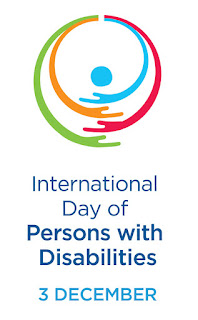Ya se han publicado los resultados de la séptima encuesta del WebAIM sobre el uso de lectores de pantalla que se abrió en octubre de 2017:
Screen Reader User Survey #7 Results.
La encuesta recibió 1792 respuestas, un número muy alto de respuestas, pero menor que las 2515 respuestas que se recibieron en la sexta encuesta.
En cuanto a porcentaje de preferencia de los usuarios, el lector de pantalla principal sigue siendo JAWS con un 46,6% de las respuestas, seguido por NVDA con 31,9% y VoiceOver con 11,7%.
La evolución de la preferencia de los navegadores muestra un comportamiento extraño respecto a los resultados de la encuesta previa:
Es muy interesante la tabla con las combinaciones lector de pantalla y navegador:
Las combinaciones más populares son JAWS con Internet Explorer un 24,7% y NVDA con Firefox un 23,6%.
Respecto las preguntas relacionadas con el desarrollo de páginas web accesibles, los resultados no son muy significativos. Por ejemplo, ante la pregunta de con qué frecuencia se usan los landmarks (regiones) para navegar en una página web, no existe un valor determinante, ya que el 18,0% respondió siempre que estuviesen presentes, pero el 19,4% contestó que nunca. Estos resultados son similares a los obtenidos en la encuesta previa.
Lo mismo ocurrió con la pregunta respecto el uso de los enlaces "saltar a": un 15,8% respondió que los usa siempre que estén disponibles, mientras que un 18,4% contestó que nunca.
Antes la pregunta "Cuál de las siguientes estructuras de encabezado de página es más fácil para ti", el 60% afirmó que prefería un único encabezado de primer nivel h1 que contenga el título del documento. Solo un 6,6% prefirió un encabezado de primer nivel con el nombre del sitio web.
Por último, en esta encuesta se volvió a preguntar por los elementos más problemáticos que se encuentran en una página web. En orden decreciente, el resultado fue:
- CAPTCHA - images presenting text used to verify that you are a human user
- Screens or parts of screens that change unexpectedly
- Links or buttons that do not make sense
- The presence of inaccessible Flash content
- Lack of keyboard accessibility
- Complex or difficult forms
- Images with missing or improper descriptions (alt text)
- Missing or improper headings
- Too many links or navigation items
- Complex data tables
- Inaccessible or missing search functionality
- Lack of "skip to main content" or "skip navigation" links
Por último, los resultados de las encuestas anteriores:



















